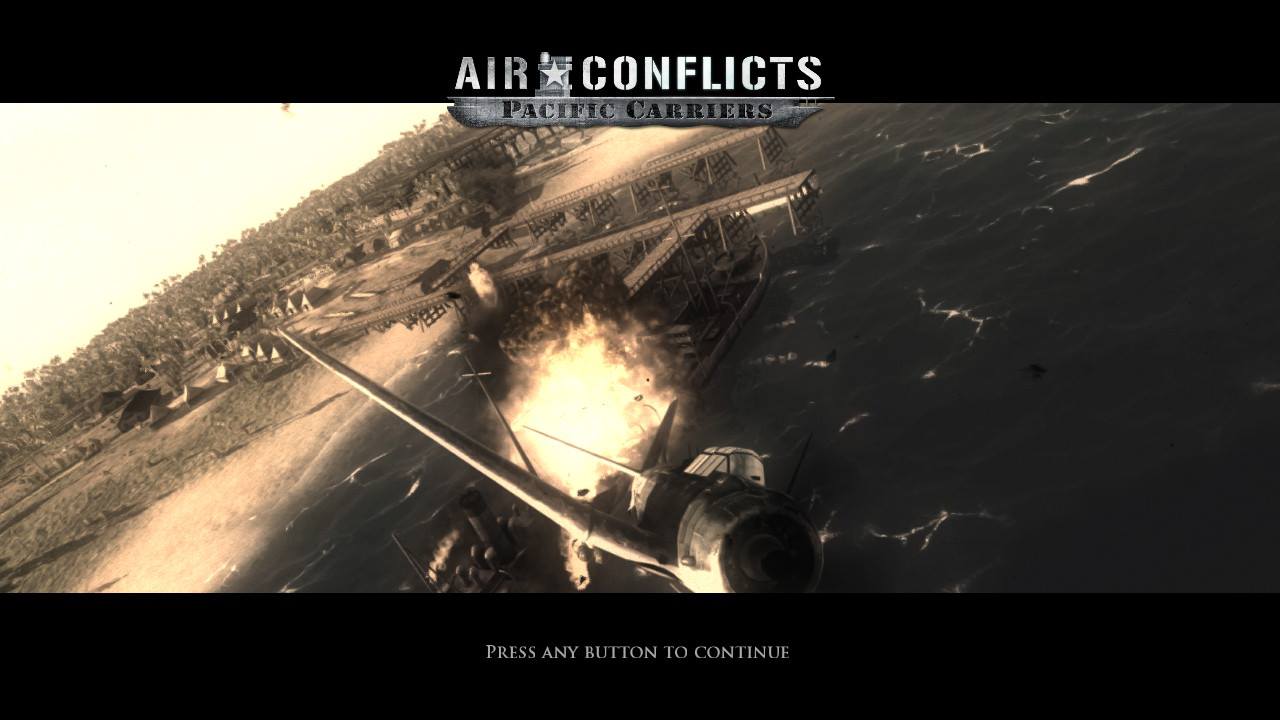[Review] Air Conflicts Collection : Nintendo Switch
Air Conflicts Collection
Nintendo Switch
Developed By : Games Farm
Published By : Kalypso Media Group
Category : Action, Arcade, Flight Simulation
Release Date : Mar 26, 2019
This new release for the Switch brings not one but two historical aerial combat games right into your hands. Air Conflicts Collection for the Nintendo Switch brings you both Secret Wars and Pacific Carriers in their entireties. Now, as I started to play these games I wasn’t sure if I should do one review or two. They were two separate games, but it was released as a collection. After spending a great amount of time with both of them though, I realized that for the most part these two games shared just about everything in common. And what they had for differences would be easy enough to talk about in one review.
Before diving into anything, the one big difference between these two games to get out of the way first is their campaigns. Pacific Carriers situates you in World War II, kicking things off by defending what remains of Pearl Harbor. After the opening mission, players can choose to helm the war from the US side, or that of Japan, giving a chance to peek behind the curtain from both sides of the conflict. Secret Wars gives you missions spanning both World War’s, and you’ll fight in a few different areas in your wide selection of battles.
Mechanically, both games operate just about the same. You’ll get to choose from a number of aircraft respective to the time period and, in the case of Pacific Carriers, which nation you decide to fight for. For those that might not be all that familiar with the specific types of aircraft, they can be broken down into their main area of performance. There’s gunners packing a lot of machine gun ammo, bombers which focus more on delivering heavy payloads, and once again in the case of Pacific, you’ll have access to a class that’s capable of dropping torpedoes into the water.
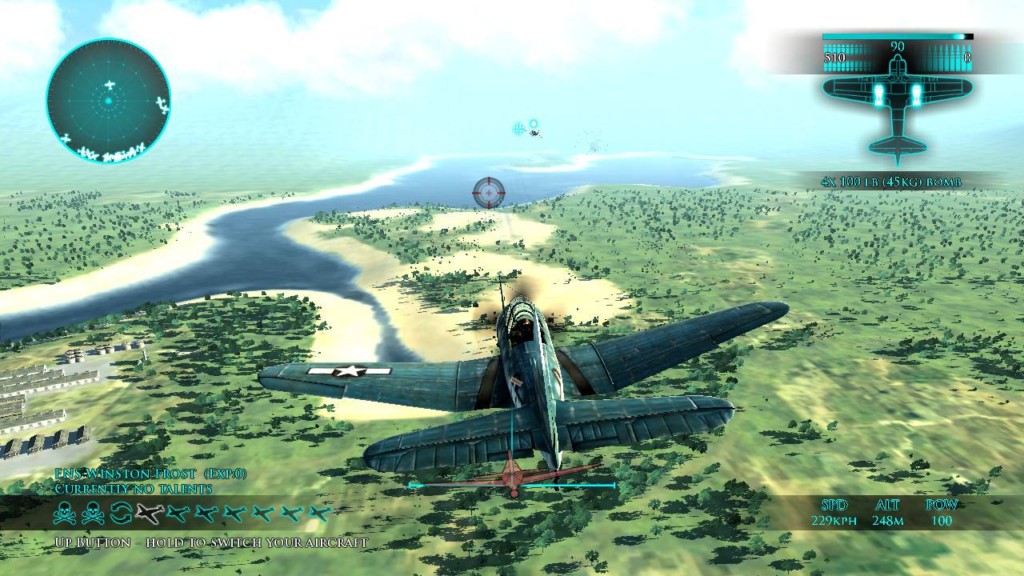
The UI is going to be the biggest assist in any and all of your missions. You’ll have a mini-map displaying beacons for any targets you have. A section displaying your multiple payloads that you might have. Naturally, you’ll also have a display of your aircraft’s position as well as it’s speed and altitude.
Each mission will come with it’s own series of objectives, but in both games you’ll choose what you want to do the same way. You’ll have a table with a war map flattened out with your future missions splayed out. How you play during these missions actually comes down to the other one big difference between these two titles.
If you’re playing Secret Wars your story will be broken up by bits of a graphic-novel style cutscene between missions. While flying, you’ll basically be by yourself so any mistakes you make will suffer a reload to the last checkpoint. Here, your missions will cover such things like dog fights in the air, late night stealth missions where you’ll need to avoid being detected by enemy radar, escort missions and bombing.
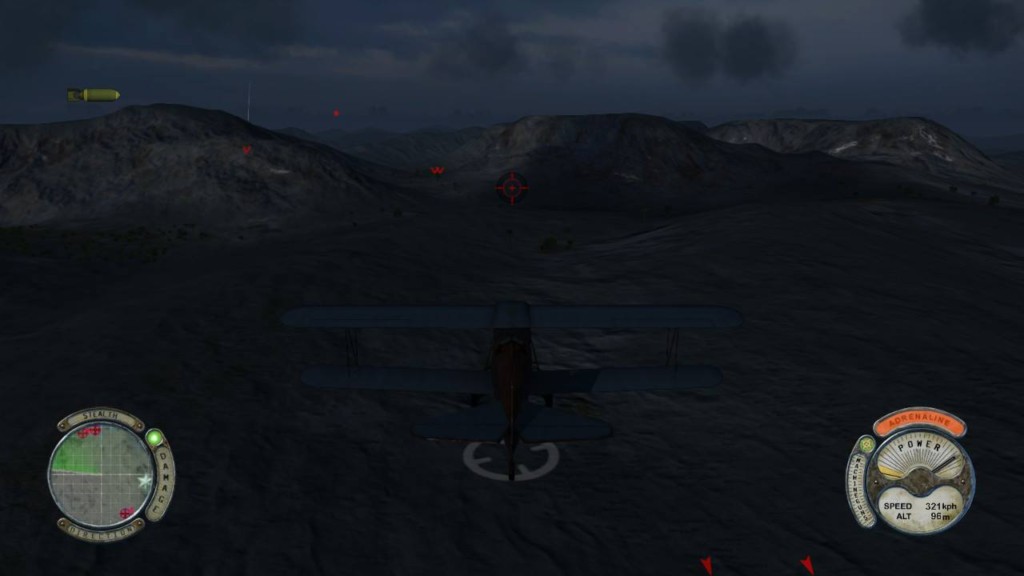
Here, you’ll need to be very careful on every little thing you do in the skies. For the most part you’ll be flying solo in the sense of if you crash or get shot down, there isn’t another plane on your side you can just switch to. There’s more of a sense of urgency in this game, and feeling like you need to make sure everything counts or else it’ll all go to hell around you.
On the other hand, Pacific Carriers feels a lot more free. Everything you do in this game is more squad based. You’ll be in the air with a team of fighters, usually at least half a dozen if not more. And if anything negative happens to you or your plane : run out of ammo, crash into someone, get shot down, no matter what it is, you can always switch to the next fighter in line. On top of that, if the reason you switch is because you run out of ammo, just wait a few minutes and even that fighter will be back in your roster.
Story advancement is slightly different between the two as well. Secret Wars felt like it was on a more constant push forward, whether or not that push was slow didn’t matter. There were opportunities to branch off and do side things but overall, I felt constantly guided down a certain path. With Pacific, that push was still there but it felt more obvious where I could make big leaps and bounds forward or just tiptoe my way. There are certain battles in the latter game that are required to be completed before you advance the chapter (and that is a very literal phrase, as the game gives you a menu option to “advance chapter”). Before or after this battle, you’ll have a number of side missions come available that you can pick or choose from, but are not required in any way.
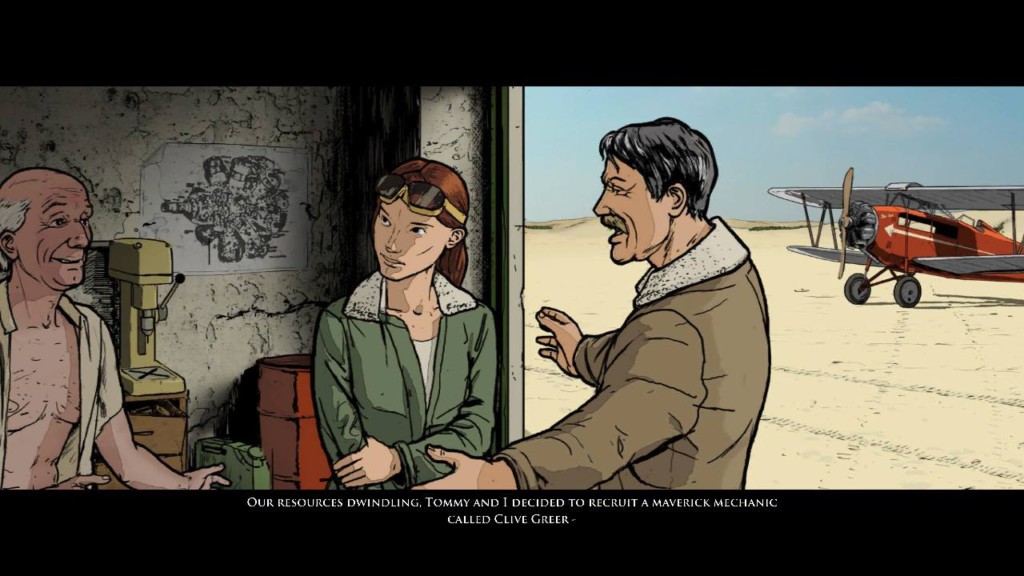
Overall, there isn’t a lot of substance to these games looking at them from the outside, just pick an era, pilot some planes and shoot stuff down. But on the inside, the way these titles expand is a lot of fun. The planes handle very realistically and it’s a very inviting flight system whether you are a newcomer or veteran to the genre.
The most awkward thing about this review is that honestly, I’d have to say Pacific Carriers is the better game of the two. The water and clouds are crisp and gorgeously rendered, and the style of gameplay for some reason just stands out to me that much more. Also, I loved the inclusion of playing on the Japanese side of the conflict. It’s true that Pearl Harbor was a devastating attack, but it is a part of history and there are two sides to it.
This isn’t to say that Secret Wars is a bad game, it just didn’t stand out for me the way the other did. For cutscenes you’re treated to a single hand-drawn photo that’s paired together with questionable voice-acting, and an equally questionable story. (This game features historical inspired settings but the story that plays out is entirely fictionalized for the game). But then again, who picks up a flight combat game looking for voice-acting and story?
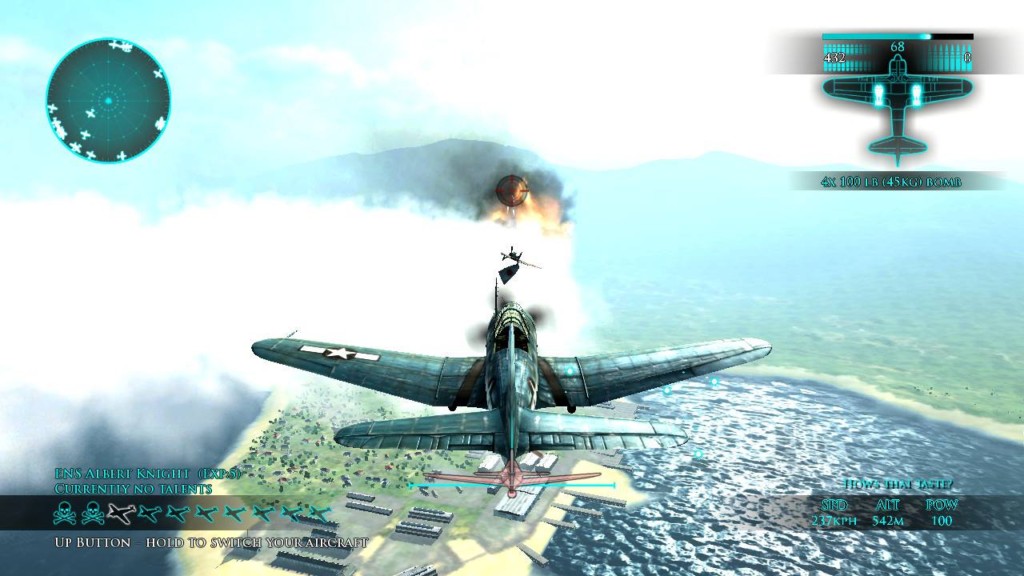
Whether physical or digital, both of these games are very worthy of owning, and as a huge fan of this genre, it’s hard to put these ones down. For the price mentioned down below, that is what you can expect to pay for a physical copy of the Collection but if you’re looking to pick up the titles individually, you’ll have to go digital and it’s an even 50/50 split on the price, so $20 each. (the eShop link on the left is for Pacific and on the right is for Secret)






